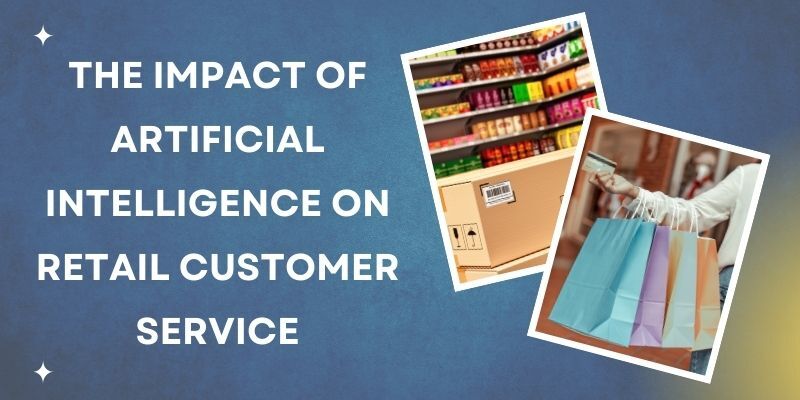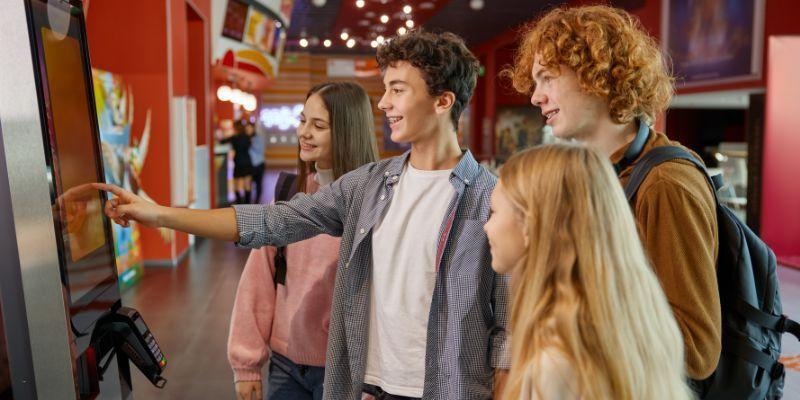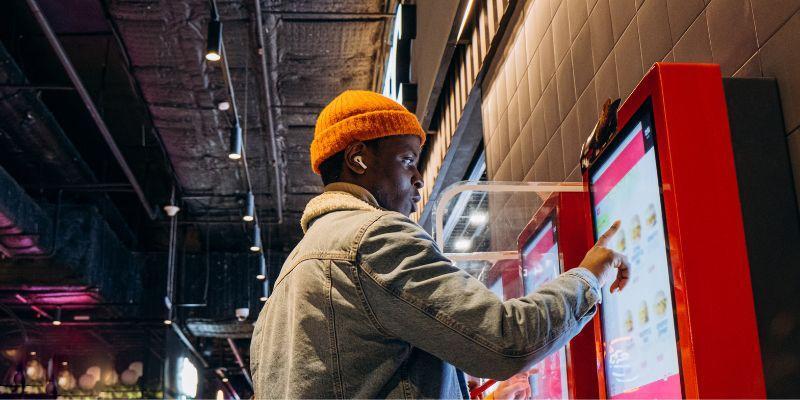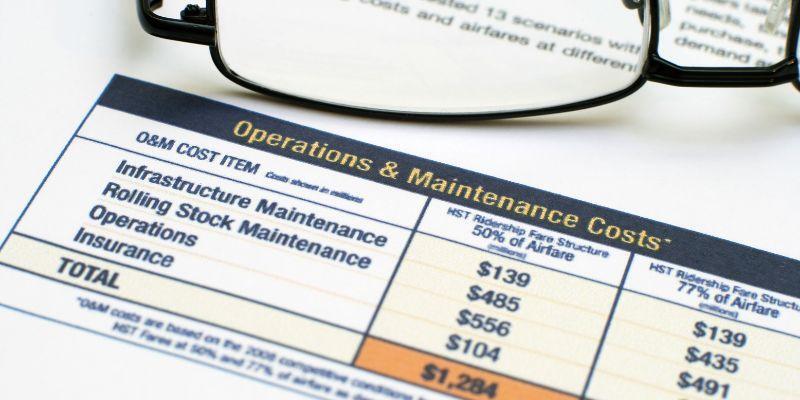Learning how to improve customer experience in retail stores is crucial in the retail world. It’s not just a strategy; it’s about creating positive interactions and a welcoming atmosphere.
This article explores simple methods, steering clear of complex terms, to make the shopping experience more enjoyable.
These straightforward strategies lay the foundation for lasting success in the competitive retail landscape. Understanding the link between happy customers and thriving businesses, this exploration aims to answer how to improve customer experience in retail stores.
Using these simple but effective methods, you can make customers happier and keep your business successful in a market where customer experience matters.
Understanding Customer Needs and Expectations
Understanding and meeting customer needs is at the core of enhancing the retail customer experience. Conducting customer surveys and seeking feedback directly from customers provides invaluable insights.
This retail customer service tip lets businesses grasp preferences, concerns, and expectations. By making the feedback process accessible and straightforward, businesses can collect actionable information to enhance the in-store experience.
Customer persona development is another effective strategy to improve customer experience in-store.
Creating detailed profiles representing customer segments helps businesses tailor their services and offerings. This method, rooted in the understanding gained from customer feedback, allows for a more personalized and customer-centric approach.
In essence, employing retail customer service tips like conducting surveys and developing customer personas streamlines the understanding of customer needs.
By using these simple strategies, businesses can improve the in-store experience and create an approach that focuses on customers, leading to long-term success.
- Utilizing Technology Effectively
- Queue Management System
- Self Service Kiosk
- Personalizing Customer Interactions
- Ensuring Product Availability and Quality
- Handling Customer Feedback and Complaints
- Measuring and Improving Customer Experience
1. Utilizing Technology Effectively
Using technology effectively can significantly improve the customer experience in retail stores. One way to do this is by implementing user-friendly point-of-sale (POS) systems.
These systems speed up and make the checkout process more efficient, helping customers complete their purchases quickly. Additionally, POS systems can track inventory in real-time, ensuring that popular items are always in stock.
Interactive in-store technology, such as digital displays and virtual assistants, can make shopping more engaging. Digital displays can show promotions, product information, and store maps, helping customers find what they need quickly.
Virtual assistants can answer questions and guide customers through the store, making their shopping experience smoother.
By effectively utilizing technology, retail stores can create a more convenient and enjoyable shopping experience for their customers. This makes customers happy and encourages them to return, boosting the store’s overall success.
2. Queue Management System
A queue management system is essential for reducing wait times and improving customer satisfaction in retail stores. This system helps organize and manage the flow of customers, ensuring that everyone is served in an orderly manner.
For example, a ticket dispenser can give customers a number when they arrive, allowing them to wait comfortably instead of standing in line.
Digital displays can show the current number served so customers know when it’s their turn. This reduces confusion and frustration, making the waiting experience more pleasant.
Queue management systems can also provide real-time data to store managers, helping them allocate staff more efficiently during busy times.
By implementing a queue management system, retail stores can minimize customer wait times and create a more efficient and enjoyable shopping environment. This simple solution helps keep customers happy and improves the overall shopping experience.
Case Study:
Revolutionizing Retail Experiences with Wavetec’s Queue Management System at Carrefour Kenya
Carrefour Kenya, a retail giant, faced the challenge of extended wait times, which impacted customer satisfaction and profitability. Wavetec’s Queue Management System transformed its approach by featuring SMS ticketing and digital signage.
The single-line queue, real-time analytics, and digital displays eliminated physical queues, enhancing customer satisfaction and boosting sales. Carrefour Kenya’s success exemplifies how leveraging technology can significantly improve global customer experiences in retail stores.
3. Self-Service Kiosks
Self-service kiosks are a great way to improve the customer experience in retail stores. These kiosks allow customers to complete tasks independently, such as checking out items, looking up product information, and even placing orders.
By providing self-service options, stores can reduce wait times and give customers more control over their shopping experience.
Self-service kiosks are easy to use and often have touchscreens that guide customers through the process. They are accommodating during busy times
when lines can get long. Customers can quickly scan their items, pay, and be on their way without needing assistance from a cashier.
Self-service kiosks can speed up the checkout process and provide personalized recommendations based on customers’ previous purchases.
This adds a personal touch to the customer retail experience, making customers feel valued and understood. By incorporating self-service kiosks, retail stores can create a more efficient, convenient, and enjoyable shopping environment for everyone.
Case Study:
Transforming Kohl’s Checkout Experience with UNO-Q by Wavetec
Kohl’s, a retail giant with over 1,165 locations, aimed to enhance its customer experience by addressing checkout challenges. Overcrowded areas, confusion, and long wait times prompted Kohl’s to partner with Wavetec and implement UNO-Q.
This advanced queuing system streamlined operations, increased efficiency, and improved customer satisfaction. This case exemplifies how adopting innovative solutions like UNO-Q can revolutionize the customer experience in retail stores.
4. Personalizing Customer Interactions
Personalizing customer interactions is critical to making shoppers feel valued and understood. Retail stores can do this by training staff to greet customers warmly and remember regular customers’ names and preferences.
Personalized assistance helps customers find what they need faster, making their shopping experience more enjoyable.
Stores can also use technology to personalize interactions. For example, loyalty programs track customers’ past purchases and offer personalized discounts and recommendations based on their shopping habits.
Emails and messages with special offers tailored to individual preferences can make customers feel special.
Retail stores can strengthen their relationships with their customers by personalizing their interactions. This augments the customer shopping experience and encourages customers to return, fostering loyalty and long-term success.
5. Ensuring Product Availability and Quality
Ensure that products are always available and of high quality for a positive customer experience in retail stores.
Customers expect to find what they need when they visit a store, so maintaining a well-stocked inventory is essential. Inventory management systems help stores track stock levels in real-time and reorder items before they run out.
Quality control is equally important. Products should meet customers’ expectations and be free from defects. Regularly checking products for quality and freshness, especially in food retail, is necessary to maintain customer trust.
Retail stores can provide a reliable and satisfying shopping experience by ensuring product availability and quality. This keeps customers happy and reduces the likelihood of returns and complaints, contributing to the store’s reputation and success.
6. Handling Customer Feedback and Complaints
Effectively handling customer feedback and complaints is essential for improving the shopping experience. Retail stores should encourage customers to share their opinions through surveys, comment cards, or online reviews.
Listening to customer feedback helps stores understand what they are doing well and where to improve.
When customers have complaints, addressing them quickly and professionally is essential, staff should be trained to handle complaints empathetically and find solutions that satisfy the customer.
Apologizing for any inconvenience and offering remedies, such as refunds or replacements, can turn a negative experience into a positive one.
Retail stores can continuously improve their services by actively seeking and addressing customer feedback and complaints and showing customers that their opinions matter. This approach helps build customer trust and loyalty.
7. Measuring and Improving Customer Experience
Measuring customer experience in retail is vital for identifying areas for improvement. Retail stores can use various methods, such as surveys, feedback forms, and mystery shoppers, to gauge customer satisfaction.
These tools provide valuable insights into how customers perceive their shopping experience.
Once the feedback is collected, analyzing the data and identifying patterns or joint issues is essential. Stores can then develop action plans to address these areas. Regularly reviewing and updating these plans ensures continuous improvement.
By measuring and actively working to improve customer experience, retail stores can create a more enjoyable and satisfying shopping environment.
This proactive approach helps retain customers and attracts new ones, contributing to the store’s long-term success.
Embracing Technology for Enhanced Experience
Adopting technology becomes a pivotal strategy to improve customer experience in retail stores. Here, we explore two key aspects of leveraging innovation to elevate the shopping journey.
1. Implementing User-Friendly Point-of-Sale Systems
For a seamless checkout experience, incorporating user-friendly point-of-sale systems is a valuable retail customer service tip. These systems streamline transactions, reduce waiting times, and enhance efficiency, ensuring customers leave with a positive and swift purchasing encounter.
2. Interactive In-Store Technology
Engaging customers with interactive in-store technology is a forward-thinking approach to improving the retail experience. From digital displays to virtual assistants, these technological enhancements create an immersive and informative atmosphere, making the shopping journey both enjoyable and informative.
Loyalty Programs and Incentives

To enhance customer experience in retail stores, consider loyalty programs and incentives a valuable retail customer service tip. Implementing these programs cultivates customer loyalty by offering rewards and exclusive perks.
Customers feel appreciated, fostering a positive perception of the brand. This strategy improves the in-store experience and creates a lasting connection, making customers more likely to return.
Omni-Channel Integration
Improving customer experience in-store involves seamless omni-channel integration. This retail customer service tip ensures a consistent and connected shopping journey across various online or in-store channels.
Customers can enjoy a cohesive experience, from browsing products online to making purchases in-store, contributing to a more convenient and satisfying overall experience.
Gathering and Utilizing Customer Feedback
A crucial aspect of improving customer experience in retail stores is actively seeking and utilizing customer feedback.
This retail customer service tip involves listening to customer opinions, understanding their needs, and making informed adjustments.
By incorporating valuable insights, businesses can tailor their offerings to meet customer expectations better, ultimately creating a more customer-centric and enjoyable retail experience.
FAQS
What are the critical elements of a positive customer experience in retail?
Key elements include friendly and helpful staff, clean and organized stores, efficient checkout processes, and readily available, high-quality products. Personalization and engaging in-store technology also enhance the overall shopping experience.
How can retail stores improve customer service without increasing costs?
Retail stores can improve customer service by training staff to be more attentive and efficient, using simple technology like ticket dispensers to manage queues, and keeping the store clean and well-organized. Encouraging and acting on customer feedback also helps improve service without significant costs.
Why is personalization important in retail customer interactions?
Personalization makes customers feel valued and understood, enhancing their shopping experience. It fosters loyalty by showing that the store recognizes and caters to individual preferences, leading to increased customer satisfaction and repeat visits.
Conclusion
In conclusion, understanding how to improve customer experience in retail stores is vital for sustained success.
Businesses can create a shopping environment that resonates with customers by implementing retail customer service tips such as loyalty programs, omni-channel integration, and proactive feedback gathering.
In summary, loyalty programs show appreciation, omnichannel integration provides a smooth experience, and customer feedback aids ongoing improvement. This customer-focused approach guarantees satisfaction and loyalty, going beyond expectations.
These simple strategies build a strong foundation for lasting success in the changing retail landscape. Businesses prioritizing customer experience are set to thrive in the competitive retail market.
BOOK A FREE DEMO





